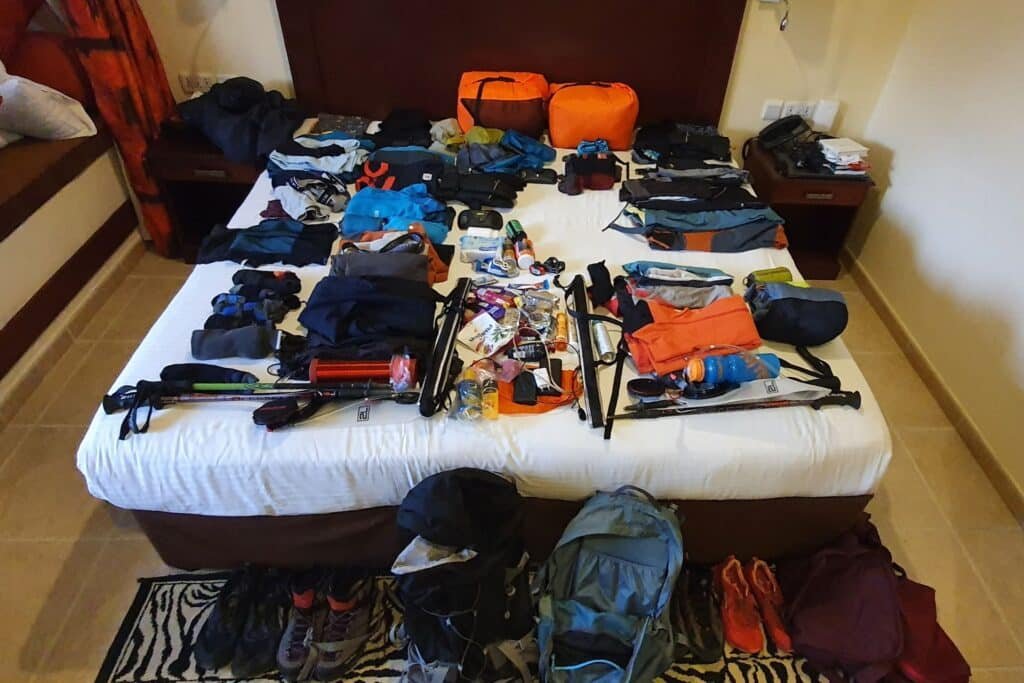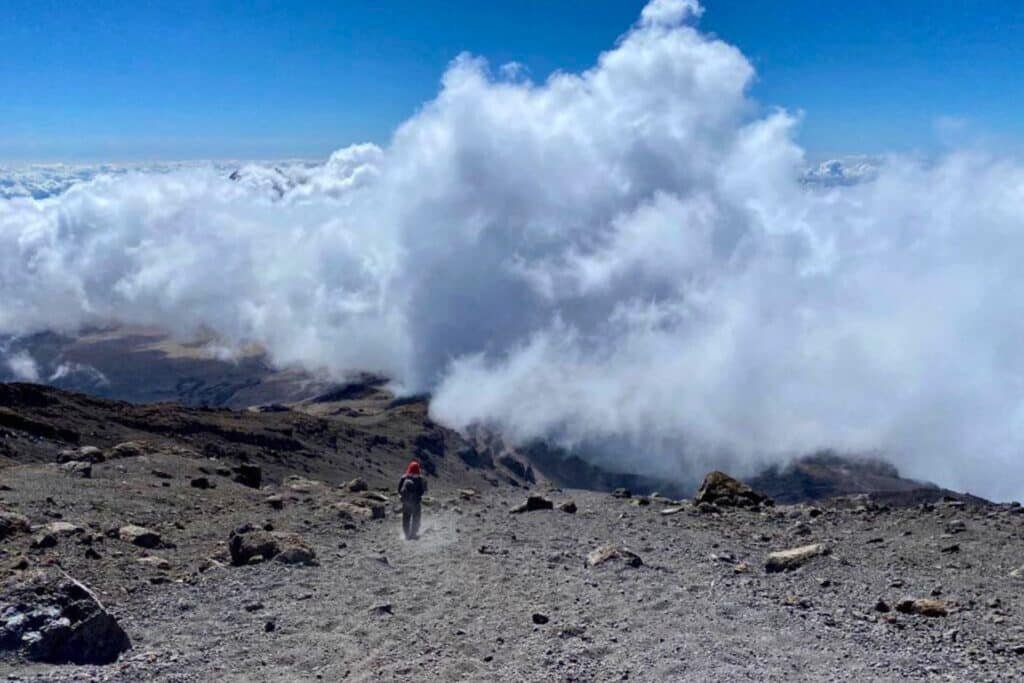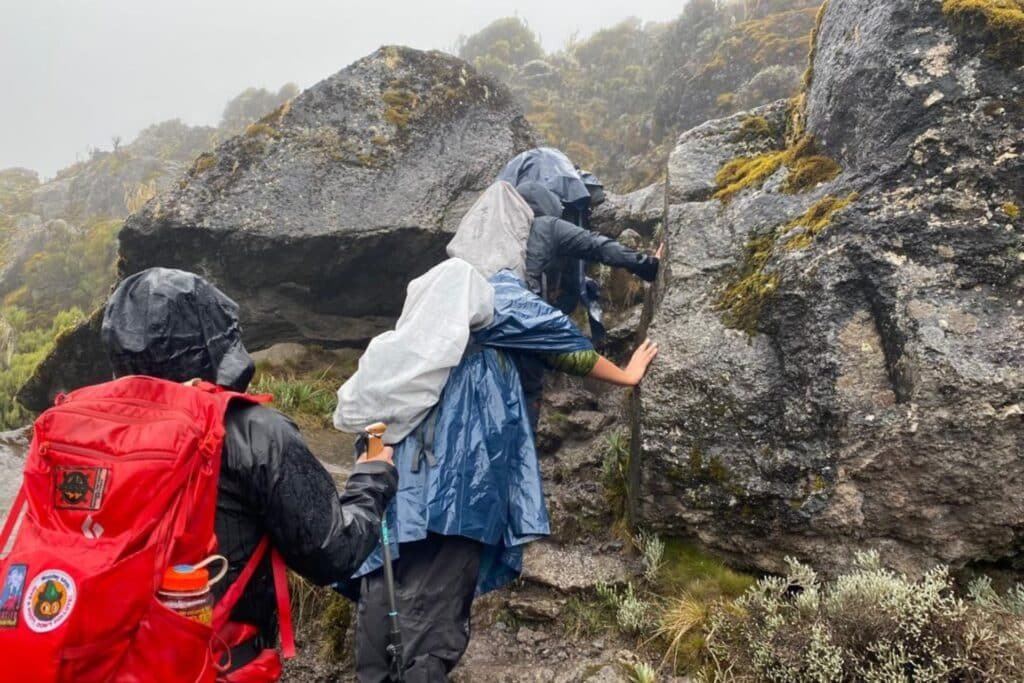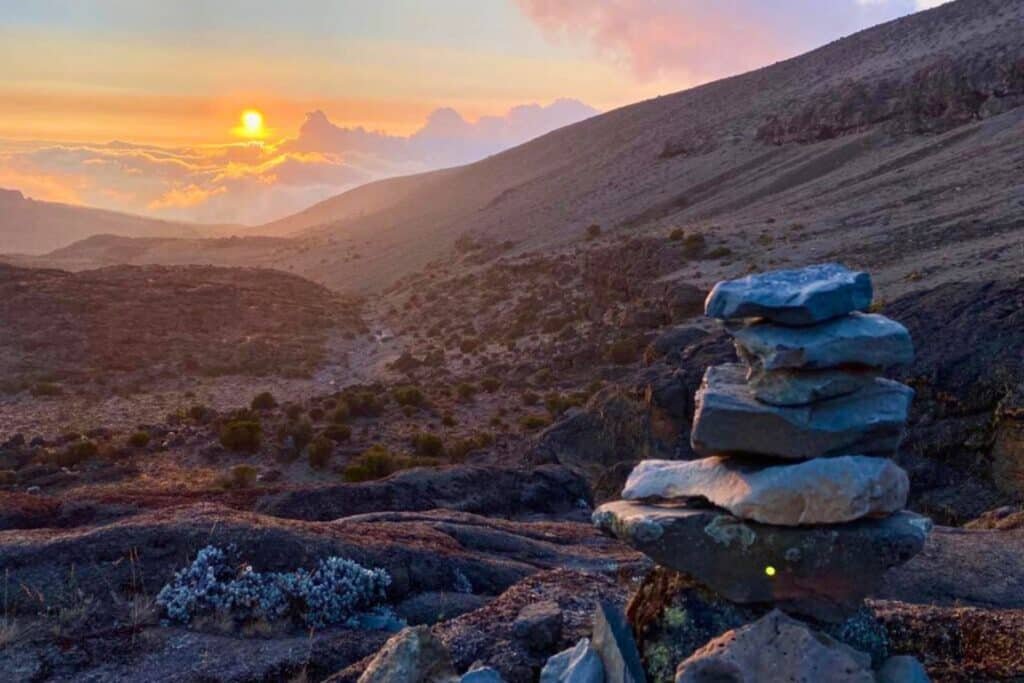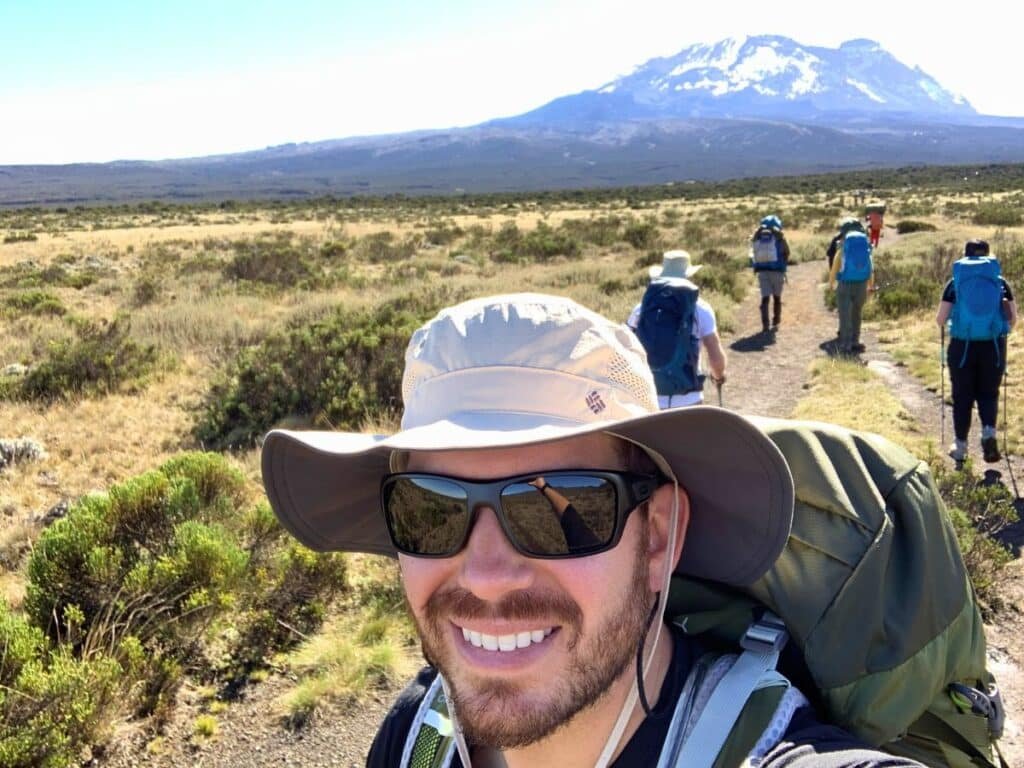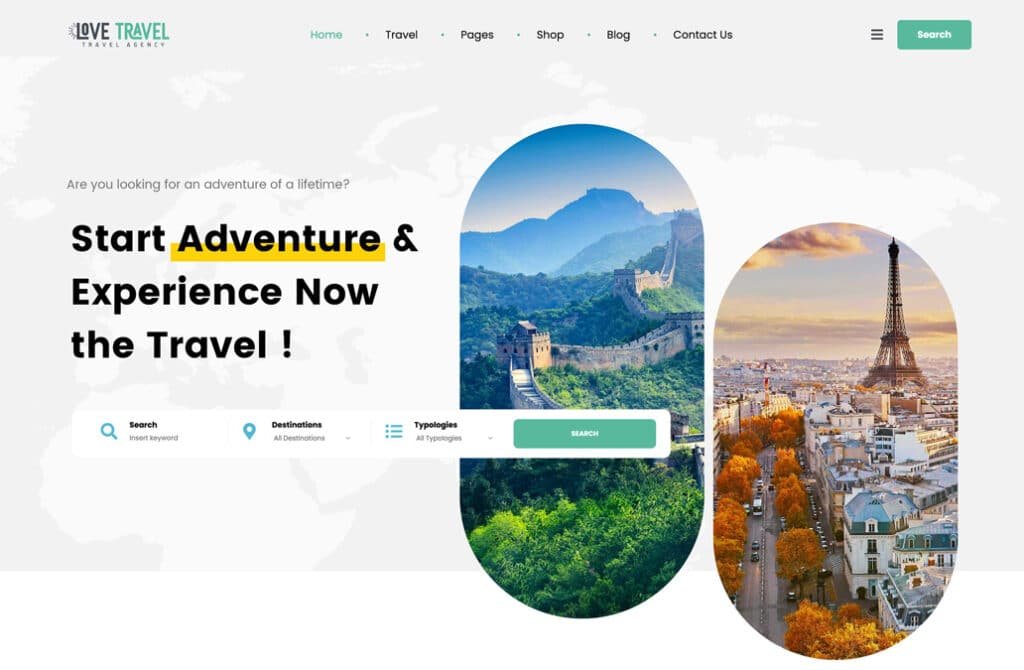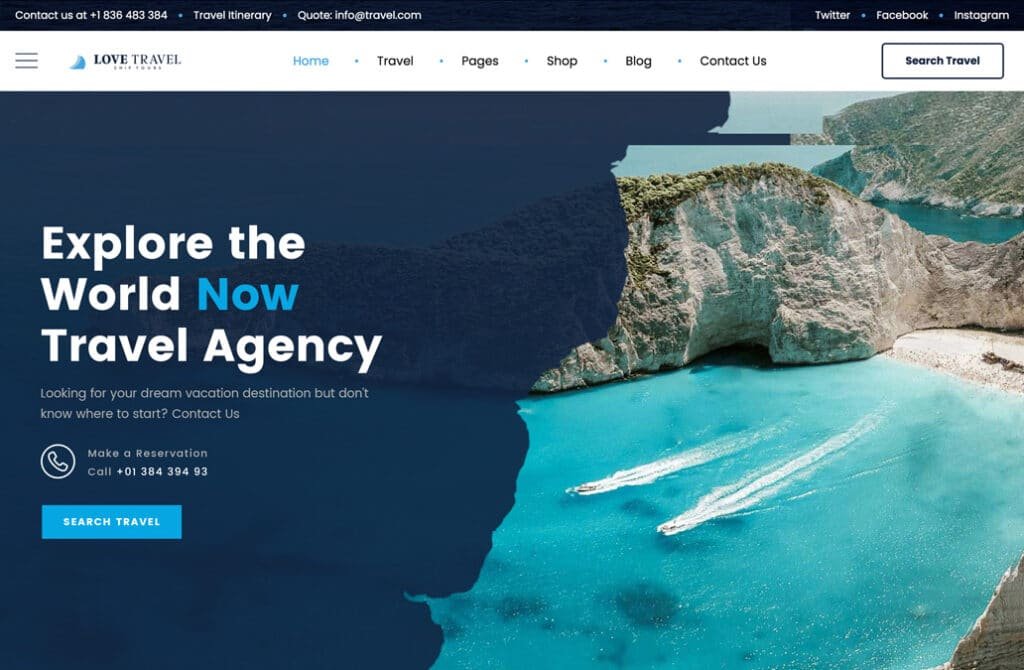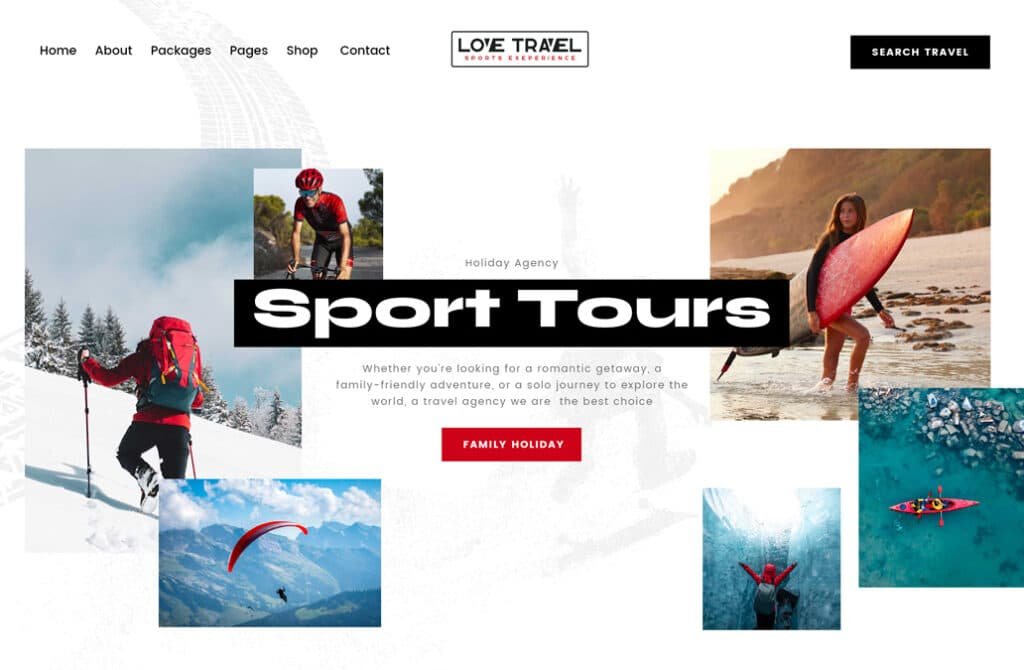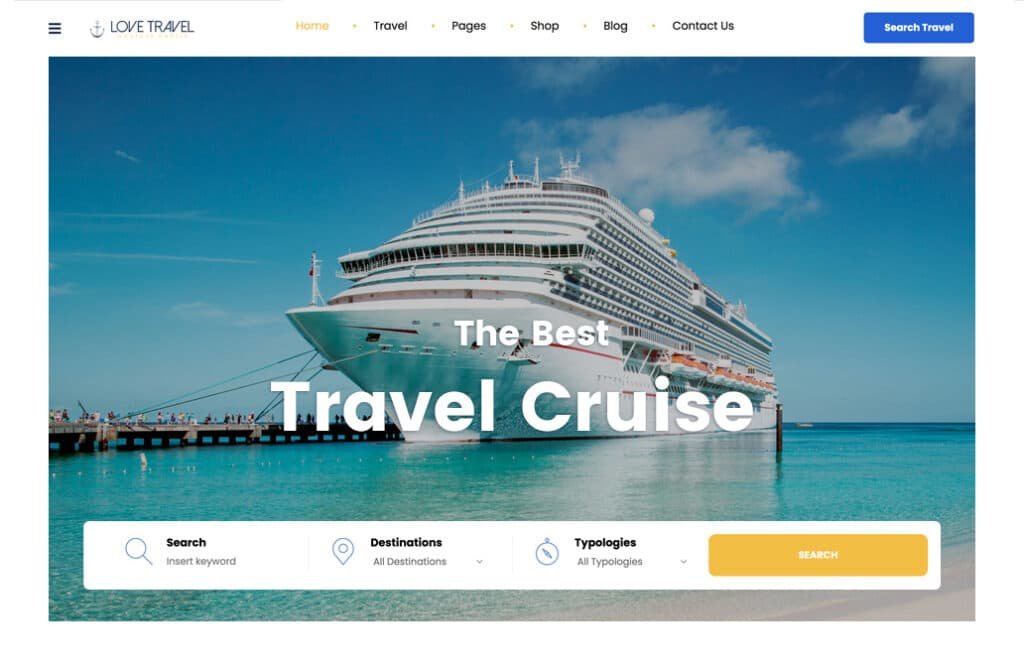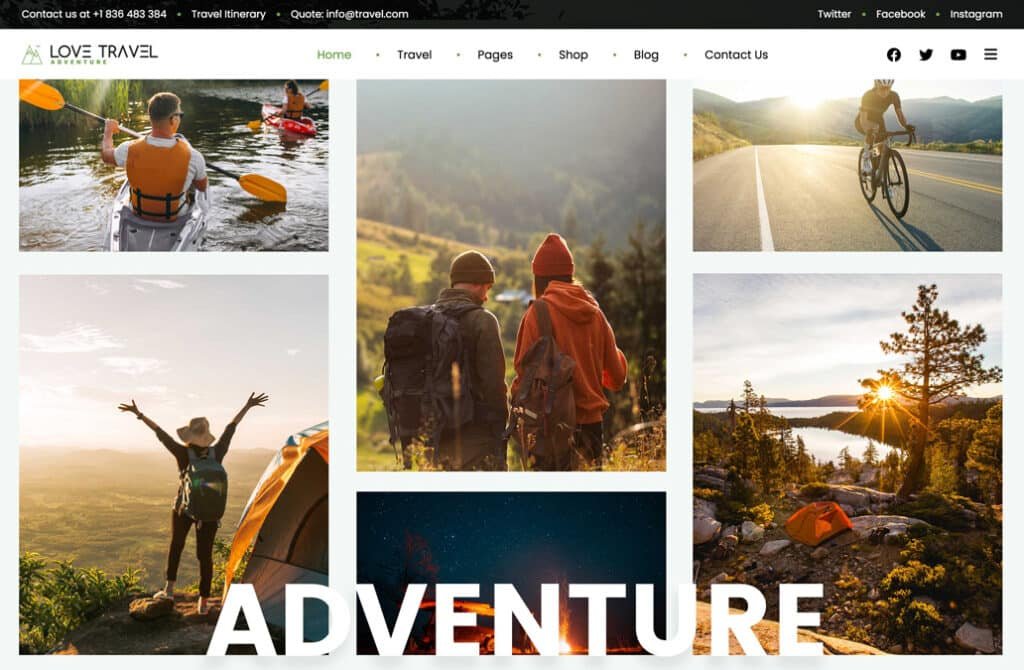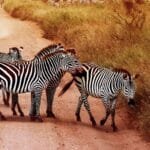Packing for Mount Kilimanjaro: What You Need to Know
Packing for any trip can feel overwhelming—too much, too little, what if the weather changes? But when it comes to trekking Kilimanjaro, your packing list isn’t just about comfort—it’s about safety and success.
To ensure you’re fully prepared, follow these key packing principles:
✔️ Make a list – Don’t leave anything to chance.
✔️ Separate gear wisely – Have a system for climbing essentials vs. travel items.
✔️ Use the right bags – Pack in a daypack for daily use and a duffel for porters to carry.
✔️ Trust the experts – Learn from those who’ve done it before (that’s us! 😉).
Your Essential Kilimanjaro Packing Bags
🎒 25-35 Liter Daypack: Your Daily Companion
Every day on the trail, you’ll carry a daypack with your immediate essentials. Your porter will carry your larger duffel, but your daypack is your lifeline during the trek.
✔️ Capacity: 25-35 liters – large enough for essentials, but not too heavy.
What to pack inside:
▪️ Water supply (hydration bladder or bottles) – Stay hydrated at all times.
▪️ Snacks & energy bars – Keep fuel on hand for long trekking hours.
▪️ Sunscreen & sunglasses – Protect your skin and eyes from intense UV rays.
▪️ Rain jacket & extra layer – Weather changes fast—be ready.
▪️ Hat & gloves – Sudden temperature drops can catch you off guard.
▪️ Passport & money – Keep important documents secure.
▪️ Camera or phone – You’ll want to capture the incredible views!
Choose a lightweight, well-ventilated pack with adjustable straps to keep it comfortable during long trekking days.
95-Liter Duffel: The Porter-Carried Workhorse
Your main gear and clothing go into a duffel bag, carried by your porter as you move between camps.
✔️ Capacity: 90-100 liters—big enough for all your gear, but not excessive.
✔️ Weight Limit: 33 lbs. (15 kg) – This is the standard porter carry limit set by Kilimanjaro regulations.
Essential Features:
▪️ Durable, waterproof fabric – Kilimanjaro’s weather is unpredictable.
▪️ Lockable, heavy-duty zippers – Keep your belongings secure.
▪️ Easy-access design – A wide-opening top makes it easier to pack & unpack.
Tip: Use dry bags or waterproof packing cubes inside your duffel to protect your gear from rain when porters transport it between camps.
🔍 Kili Facts to Impress Your Friends
In just one trek, you’ll pass through five different climate zones, from steamy rainforest to frozen glaciers. Where else can you hike from the tropics to the Arctic in under a week?
Important Packing Considerations for Kilimanjaro
Packing for Mount Kilimanjaro isn’t just about what to bring—it’s also about how to pack smart. From weight limits to gear rentals, these key considerations will help you stay organized and prepared for a successful climb.
📱 Mobile Phone: Stay Connected (or Unplug!)
Yes, there is phone service! Certain spots on Mount Kilimanjaro, including Uhuru Peak, may have cell signal, depending on your provider and weather conditions.
Tip: Bring a power bank or solar charger
Weight Limits: What You Can & Can’t Pack
Porters will carry your main duffel bag, but weight restrictions apply.
✔️ Max weight: 15kg (33 lbs.) for personal gear (not including your daypack).
✔️ Bag size: Use a waterproof 70-90 liter duffel or backpack.
✔️ Need extra gear? You can hire an additional porter for an extra fee.
Leave unnecessary items behind to stay within the weight limit.
Renting Gear: Save Space & Money
Missing key items? No worries! Gaiters, trekking poles, sleeping bags, and other essentials can be rented.
GO2KILI provides a detailed rental list—just let us know in advance what you need!
Why rent? Avoid overpacking, and save money on gear you may only use once.
Renting bulky items like sleeping bags and insulated jackets can help you stay within airline baggage limits.
🛄 Storing Extra Luggage in Tanzania
Heading to a safari or Zanzibar after Kilimanjaro? No need to haul extra bags up the mountain!
Secure luggage storage is available at your hotel in Arusha or Moshi.
Store non-climbing items like extra clothes, laptops, and travel accessories.
Tip: Pack a separate duffel or small suitcase for post-climb activities and leave it safely behind.
🥾 Take Your Boots on the Plane!
Lost luggage happens—but you can’t replace well-broken-in hiking boots in Arusha or Moshi.
✔️ Wear or carry your boots in your carry-on to avoid last-minute disasters.
Other essential carry-on items: Your down jacket, key documents, medications, and a fresh pair of socks.
If you forget something non-essential, Arusha has outdoor gear shops for last-minute purchases.


Essential Packing List for Mount Kilimanjaro: Gear & Tips for a Successful Climb
Packing for Mount Kilimanjaro is not just about comfort—it’s about survival. The right clothing, gear, and equipment will protect you from harsh weather, altitude changes, and long trekking days. Below is a comprehensive Kilimanjaro packing list, covering everything you need for a safe and enjoyable climb.
Clothing: Stay Warm, Dry & Comfortable
Kilimanjaro has five climate zones, meaning you’ll experience hot, humid, rainy, and freezing conditions in a matter of days.
🧥 Essential Layers for Your Trek:
✔️ Waterproof Jacket – Breathable with a hood (essential).
✔️ Waterproof Pants – Side zippers for easy wear (essential).
✔️ Insulated Jacket – Down or synthetic for extreme cold (essential).
✔️ Soft Shell or Fleece Jacket – Extra warmth layer.
✔️ Lightweight Short Sleeve Shirt – Moisture-wicking fabric.
✔️ Long Sleeve Shirts (2x) – Lightweight, moisture-wicking for layering.
✔️ Hiking Pants (2x) – Convertible zippers are optional.
✔️ Fleece Pants – Mid to heavyweight for cold nights.
✔️ Long Underwear (Top & Bottoms) – Thermal base layers.
✔️ Hiking Shorts – Great for lower-altitude trekking.
✔️ Moisture-Wicking Underwear (3x) – Stay dry and comfortable.
✔️ Compression Skins – Helps prevent chafing and improves recovery.
💡 Pro Tip: Layering is key—wear moisture-wicking fabrics to stay warm and dry at all times.
🧢 Headwear: Protection from Cold & Sun
✔️ Wool Hat / Beanie – For warmth (essential).
✔️ Balaclava – Protects your face from wind and cold.
✔️ Scarf or Neck Gaiter –Insulates and shields against dust.
✔️ Wide-Brimmed Hat – Essential for sun protection.
💡 Tip: UV exposure is intense at high altitudes—pack sunscreen & lip balm.
🧤 Handwear: Keep Your Hands Warm & Functional
✔️ Down Mittens or Ski Gloves – Waterproof and insulated (essential).
✔️ Lightweight Waterproof Gloves – More flexibility for gripping.
✔️ Glove Liners – Thin, synthetic for extra warmth.
✔️ Hand Warmers – Optional but helpful for summit night.
🥾 Footwear: Choose the Right Boots for the Trek
✔️ Waterproof Hiking Boots – Gore-Tex, well broken-in (essential).
✔️ Gaiters (Ankle Length) – Prevents scree, dust, and mud (highly recommended).
✔️ Camp Shoes (Sandals or Running Shoes) – For comfort at camp.
✔️ Thick Wool Hiking Socks (3x) – Moisture-wicking and warm.
✔️ Sock Liners (3x) – Prevents blisters and adds insulation.
💡 Tip: Wear your boots on the plane—they are irreplaceable if your checked baggage gets delayed.
Knee Supports: Extra Protection for the Descent
✔️ Knee Braces or Supports – Helps with shock absorption during steep descents.
💡 Tip: If you have knee issues, trekking poles and knee braces make a huge difference.
Essential Equipment for the Climb
✔️ Sleeping Bag (Four-Season, Rated to -15°C) – Extreme cold protection (essential).
✔️ Sleeping Bag Liner – Adds extra warmth (optional).
✔️ Trekking Poles (Extendable) – Reduces strain on knees (highly recommended).
✔️ Quality Headlamp – With extra batteries (essential).
✔️ Waterproof Backpack or Duffel Bag (70-90L) – Carried by porters.
✔️ Daypack (25-35L) – For personal gear during hikes (essential).
✔️ Daypack Cover – Waterproof for weather protection.
✔️ Stuff Sacks / Dry Bags – Keeps gear organized & dry.
💡 Tip: Use packing cubes or dry bags to separate clothing and protect electronics.
💦 Hydration & Other Essentials
✔️ Water Bottles (1L x2) – Nalgene or similar (essential).
✔️ Water Bladder (2-3L Camelbak)
✔️ Poncho (For Rainy Season) – Optional but useful.
✔️ Microfiber Towel – Lightweight & fast-drying.
✔️ Pee Bottle – Optional for cold summit nights.
🧼 Personal Items & Hygiene
✔️ Toiletries & Prescriptions – Pack travel-size essentials.
✔️ Sunscreen (SPF 30+) & Lip Balm – Protect from strong UV rays (essential).
✔️ Insect Repellent (DEET) – Needed before & after the trek.
✔️ Hand Sanitizer & Wet Wipes – Clean hands = fewer chances of illness.
✔️ First Aid Kit – Personal use (guides carry a full kit).
✔️ Toilet Paper – Provided in camp but bring extra if needed.
💡 Tip: Avoid heavy toiletries—travel-size items save weight and space.
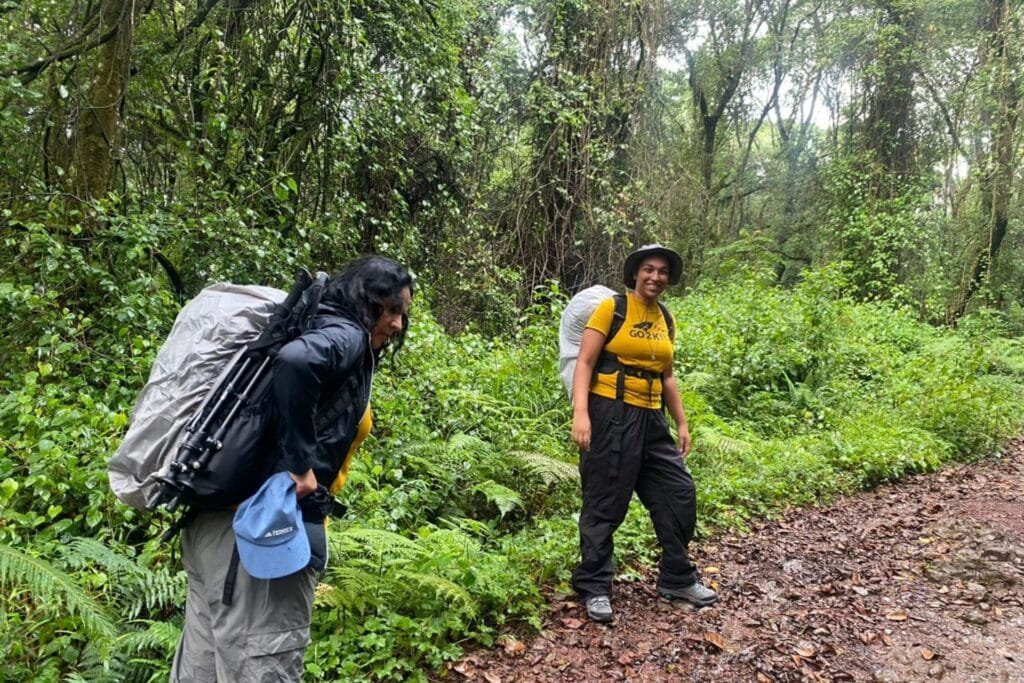
📄 Important Paperwork
✔️ Travel Insurance Documents – Essential for medical emergencies.
✔️ Passport (Valid for at least 6 months) – Required for entry.
✔️ Visa (Available on Arrival) – Check your nationality requirements.
✔️ Yellow Fever Certificate – Needed if transiting from a high-risk country.
💡 Tip: Carry paper and digital copies of your travel documents in a waterproof pouch.
🔄 Rental Gear Available from GO2KILI
If you’re missing key items, you can rent them upon arrival:
✔️ Winter Summit Jacket – $4/day
✔️ Four-Season Sleeping Bag – $4/day
✔️ Trekking Poles – $2/day
✔️ Headlamp – $2/day
✔️ Daypack – $3/day
✔️ Waterproof Jacket & Pants – $2/day each
✔️ Gloves – $2/day
💡 Tip: Renting bulky items helps reduce airline baggage fees and saves space.
Final Thoughts: Pack Smart, Trek Confidently
✔️ Use layers to adapt to Kilimanjaro’s extreme temperature changes.
✔️ Stick to the weight limit (15kg)—your porter will carry your duffel.
✔️ Break in your boots and gear BEFORE the climb—comfort is key!
✔️ Rent gear if needed to save on costs and baggage space.
Need help with your Kilimanjaro packing list? Let’s get you ready! 👇

